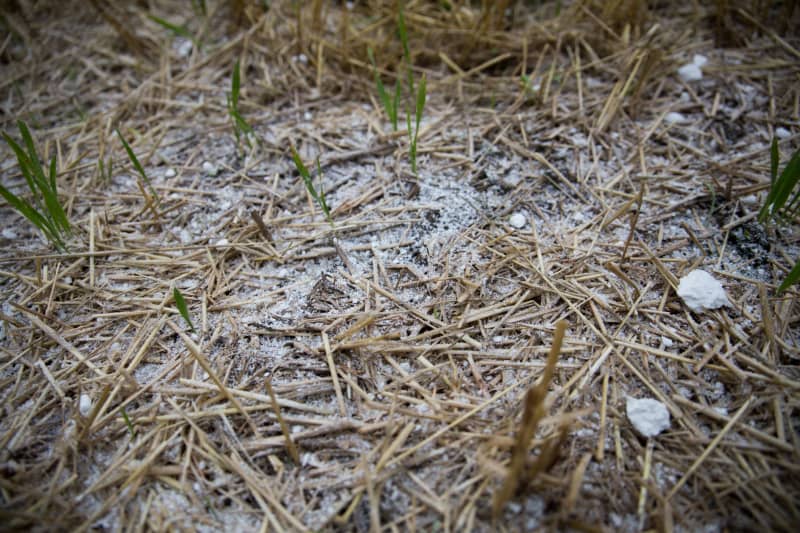
Before the winter, the Kipsi project started monitoring water quality in the Ostrobothnia regions with 9 new monitoring points. These will collect data on the impact of gypsum on the coarser soils in Ostrobothnia.
The KIPSI project, coordinated by the ELY Centre of Southwest Finland, has started monitoring water quality in the Ostrobothnia regions. Water quality is monitored at 9 new monitoring points. Data will be collected on the impact of gypsum in the coarser soils of Ostrobothnia.
The demand for gypsum in the summer of 2022 was very high, especially in the Ostrobothnia regions. In total, almost 38 000 hectares of arable land were applied for gypsum application aid.
It is estimated that the use of gypsum for soil improvement can significantly reduce the amount of solids and nutrient load to the sea off the coast of Ostrobothnia.
During a winter with plenty of water, we immediately get fresh information on how many nutrients are transported to the Gulf of Pohjanlahti and how well the gypsum retains the solids of the flooded fields and the phosphorus that accelerates the bloom of algae.
The gypsum project started in 2019 in the Archipelago Sea basin and expanded last year to cover almost the entire coastal area of \u200b\u200bFinland.
The goal of gypsum processing is to reduce phosphorus and solid matter runoff into rivers and the sea. Gypsum is applied in connection with tillage, mainly in autumn after harvesting. It can also be done in the spring, depending a little on the crop cycle.
One plaster treatment works for about five years, after which its effect decreases and the treatment should be repeated.
